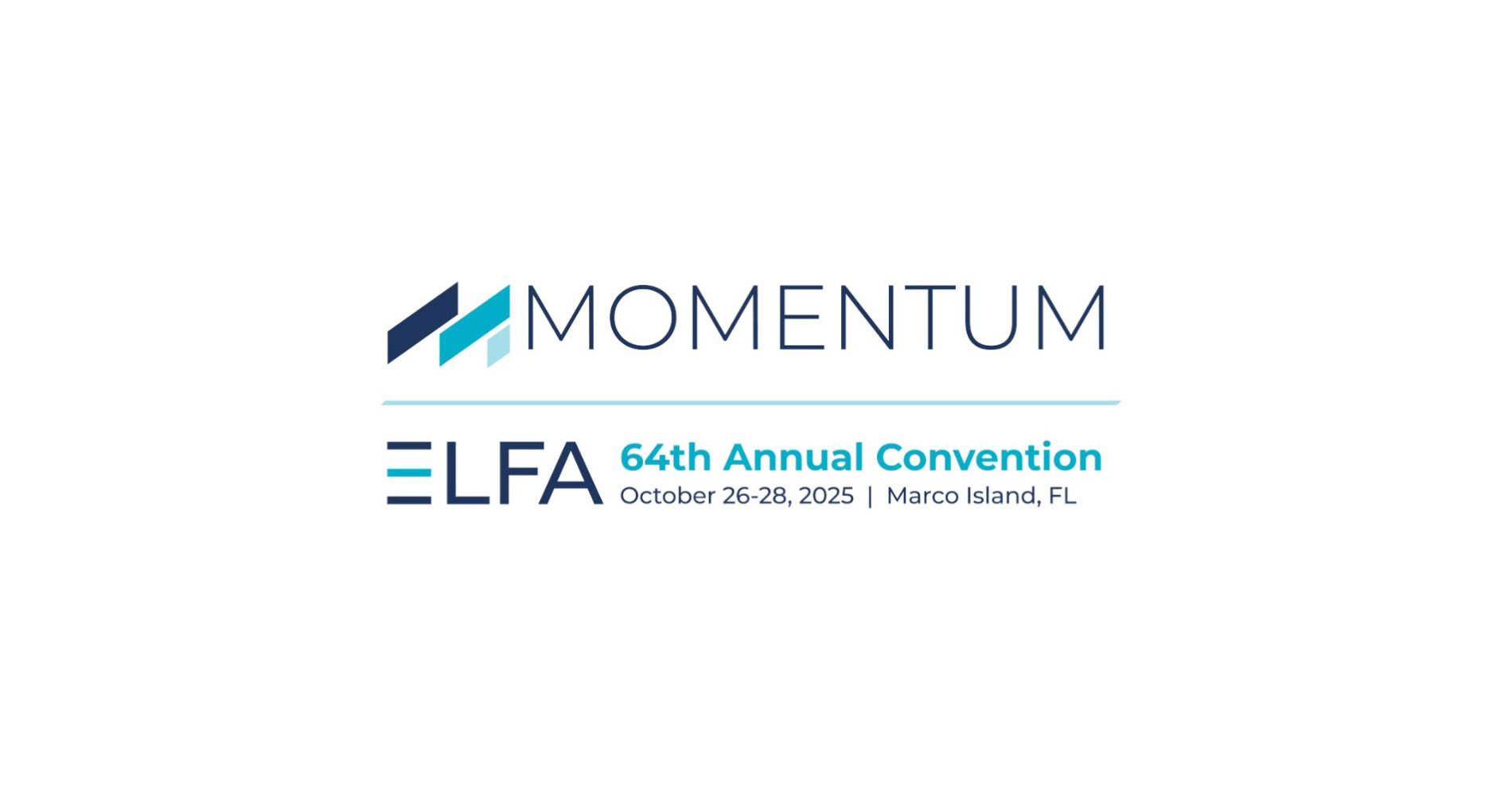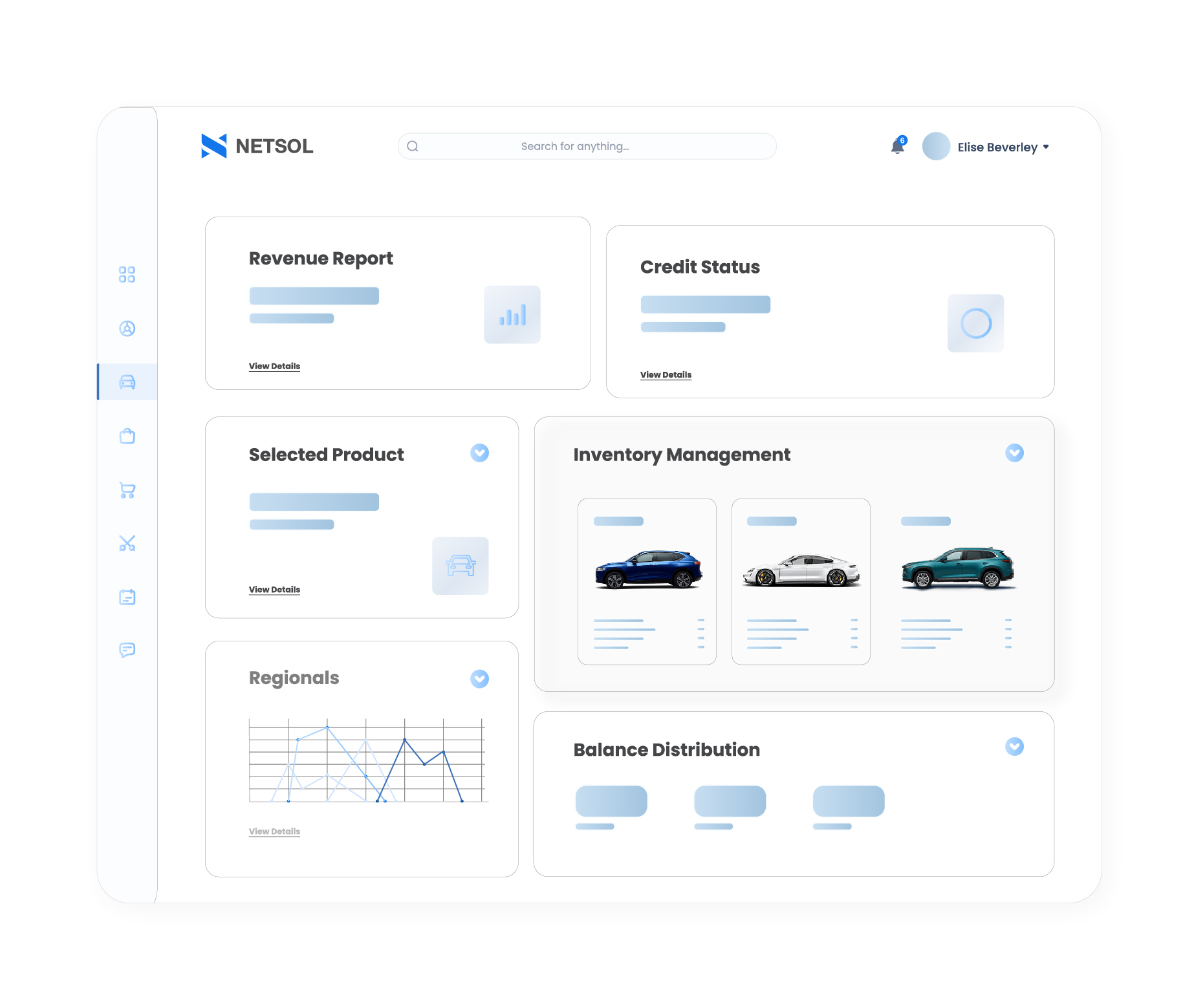Why BIAN compliance is the future of global lending
Discover how BIAN compliance helps banks modernize legacy systems, improve regulatory compliance, scalable global lending, the key to digital banking transformation.

Picture one of the world’s major banks. For decades, it would have relied on a patchwork of legacy IT systems to manage everything, from loan applications to regulatory reporting. However, with time, legacy IT systems that were once considered innovative became a complex web of outdated technologies. The outdated systems then complicate regulatory compliance and limit growth.
The solution is BIAN compliance, adhering to the standards of the Banking Industry Architecture Network (BIAN). BIAN not only fixes what’s broken but also creates an ecosystem that is ready for the digital age of global banking and lending.
Shift from legacy systems to digital solutions
Traditional banking systems were created when there was limited connectivity and minimal regulatory pressures. There were usually manual and slow lending processes, with siloed data making it extremely difficult to offer personalized loan products.
Today’s digital landscape demands agility. Global trends such as Open Banking, embedded finance, and real-time data sharing mean that banks of all sizes can no longer afford inefficient and fragmented systems. Legacy system modernization for banks is therefore essential. This is where BIAN comes into play. It sets clear standards to help financial institutions transition into a more modular and service-oriented architecture.
What is BIAN?
The Banking Industry Architecture Network (BIAN) is a not-for-profit organization that provides a common framework for banking system architecture. It creates standardized business capabilities and service definitions to guide banks toward more interoperable and flexible systems.
Key tenets of BIAN:
1. Service-oriented architecture (SOA):
Divides banking functions into discrete “service domains.”
2. Interoperability:
Ensures different systems and services can communicate seamlessly.
3. Flexibility:
Facilitates quick adaptation to evolving regulations and market needs.
4. Scalability:
Makes it easier to integrate emerging technologies like AI-based underwriting or blockchain-based security.
BIAN in the context of Global lending
1. Regulatory compliance in digital banking
Regulatory frameworks worldwide are increasingly emphasizing data portability, secure data sharing, and consumer protection. Whether under the European Union’s PSD2 (Revised Payment Services Directive), Brazil’s Open Banking initiatives, or similar directives in Asia and North America, financial institutions must adapt to a rapidly changing environment.
Adopting a BIAN-aligned architecture makes it easier to comply with diverse regulations. Standardized processes and clearly defined service domains simplify audit trials, risk management, and reporting.
2. Microservices in banking and financial services
Modern lending products require rapid time-to-market and personalized offerings. A microservices-based architecture, which is one of the principles encouraged by BIAN, allows banks to develop, test, and roll out new lending features or compliance checks quickly. Each microservice is responsible for a single and clearly defined function (e.g., credit scoring, customer data management), making systems more agile and powerful.
3. Open Banking architecture & Banking-as-a-Service (BaaS)
In an Open Banking environment, banks need to share customer data securely with third-party service providers (TPPs). By following BIAN guidelines, banks can construct Open Banking architectures that are both standardized and secure, enabling seamless data sharing and innovative lending solutions. Additionally, Banking-as-a-Service (BaaS) allows external businesses to embed lending products into their own platforms, expanding the bank’s reach. BIAN compliance ensures that these interactions remain consistent, reliable, and compliant.
Benefits of BIAN compliance
- Greater agility and faster innovation
By decomposing core banking functions into smaller and well-defined service domains (e.g., credit risk, customer onboarding), financial institutions can rapidly develop, test, and deploy new lending features. In a market where fintechs can launch products swiftly, this agility helps traditional banks stay competitive.
- Improved operational efficiency and cost savings
Standardized interfaces and service definitions reduce duplication of effort. This streamlines integration between departments and external partners. Redundancies in legacy systems inflate operational costs. By eliminating repetitive processes, banks can channel savings into innovation and customer experience enhancements.
- Enhanced customer experience
A flexible architecture allows banks to quickly incorporate data-driven tools like AI-based underwriting, real-time risk assessment, and chatbots for responsive customer support. Personalized lending offers and rapid approvals can differentiate a bank in a saturated market and boost customer loyalty.
- Regulatory agility and compliance
As global regulations evolve, banks need clear data flows and service definitions to stay compliant. BIAN’s standardized framework simplifies audits, reporting, and adaptation to new rules.
- Stronger security and risk management
Cyber threats are on the rise, and financial data is a prime target. A well-structured, compartmentalized system is easier to monitor and protect. By compartmentalizing services, banks can implement targeted security measures at each service domain, reducing the attack surface.
Common challenges of implementing BIAN compliance
Although there are enormous benefits, transitioning to a BIAN-compliant architecture is not without hurdles. Banks need to be aware of the following challenges:
1. Complex legacy infrastructure
Many banks operate on decades-old systems, often patched together with custom code, making it difficult to adopt standardized domains without significant refactoring. Legacy system modernization for banks is essential to transition toward a service-oriented architecture that aligns with BIAN standards. Migrating to a BIAN model can be time-consuming and costly, requiring a phased approach to replace or refactor critical legacy components.
2. Organizational resistance to change
Large-scale architectural changes often face internal pushback, especially from teams adapted to specific technologies and workflows. Resistance can lead to project delays or half-measures that do not fully realize BIAN’s benefits.
3. Skill gaps and resource constraints
Implementation requires specialized knowledge in microservices, APIs, and the BIAN service domains, and these skills are not always abundant in traditional banking IT teams. Relying on external consultants or hiring new talent can drive up costs and lengthen timelines.
4. Integration with third-party systems
Open Banking architecture and Banking as a Service (BaaS) models necessitate integration with fintechs and other third parties, each with varying tech stacks and security protocols. Ensuring seamless interoperability and secure data sharing across multiple partners can complicate BIAN adoption.
5. Managing ongoing upgrades
Technology and compliance requirements evolve quickly. Staying competitive in a BIAN-based environment means continuous updates to various service components. Without proper governance, service domains can again become siloed or out of sync over time.
How to overcome these challenges:
- Conduct a thorough system audit to identify legacy bottlenecks and prioritize service domains based on business impact.
- Secure executive sponsorship and invest in BIAN-focused training for teams to ensure organization-wide buy-in.
- Develop an internal center of excellence or partner with consultancies that specialize in BIAN compliance and service-oriented architectures.
- Standardize API gateways and adopt robust vendor management frameworks to align third parties with your BIAN-compliant and banking-as-a-service architecture.
- Establish an architecture governance board to oversee updates, ensure standardization, and maintain compliance.
Despite these challenges, numerous institutions worldwide have shown that the rewards far outweigh the initial hurdles. A structured approach to core system modernization can help capture market opportunities in lending, such as real-time loan approvals and dynamic interest rate adjustments, while remaining compliant with both local and international regulations.
Conclusion
BIAN compliance offers a compelling roadmap for financial institutions aiming to modernize legacy systems, tap into Open Banking architecture opportunities, and maintain robust regulatory compliance on a global scale. By embracing service-oriented architectures, banks can position themselves not just to survive but to thrive in a rapidly evolving digital landscape.
NETSOL’s Transcend Platform is built for banks and financial institutions looking to accelerate their digital transformation with a BIAN-compliant and API-first architecture. Designed to seamlessly integrate with core and non-core banking systems, Transcend empowers lenders with modular microservices, real-time compliance automation, and AI-driven insights; helping you scale faster, reduce operational costs, and meet evolving regulatory standards effortlessly.
Get in touch with NETSOL today to learn how Transcend can help you harness the advantages of BIAN compliance and outpace the competition in an ever-changing financial landscape.
Related blogs

NETSOL to exhibit at the ELFA Annual Convention 2025

Rightsizing in asset finance: Lessons from the field - Key insights from NETSOL’s podcast




